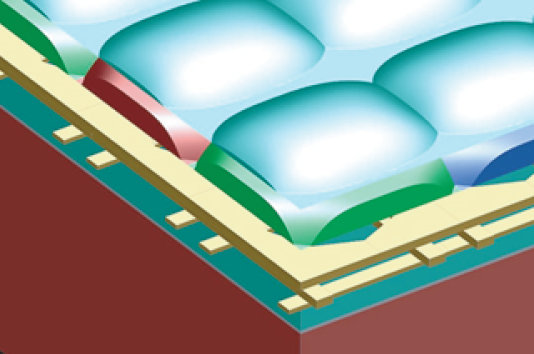
addfeemsolver : Adds a 'FEEM' solver simulation region.adddgtdmesh : Adds a mesh override region to the 'DGTD' simulation environment.adddgtdsolver : Adds an optical 'DGTD' solver simulation region.addheatmesh : Adds a mesh override region to the 'HEAT' simulation environment.addchargemesh : Adds a mesh override region to the 'CHARGE' simulation environment.addheatsolver : Adds a thermal (heat transport) simulation region in Finite Element IDE.addchargesolver : Adds an electrical (charge transport) simulation region in Finite Element IDE.addvarfdtd : Adds a 2.5D varFDTD simulation region.adddevice : Adds an electrical (CHARGE) simulation.addsimulationregion : Adds a simulation region to the Finite Element IDE design environment.addfde : Adds an Finite Difference Eigenmode (FDE) solver region.addfdtd : Adds an FDTD simulation area.addeme : Adds an Eigenmode Expansion (EME) solver region.addwaveguide : Adds a waveguide in the simulation space.add2dpoly : Adds a 2D polygon in the simulation space.add2drect : Adds a 2D rectangle in the simulation space.stepimport : Adds an STEP import object in Finite Element IDE.addplanarsolid : Adds a planar solid object.addlayerbuilder : Adds a layer builder object.addlayer : Adds a layer to the layer builder object.addstructuregroup : Add a structure group.addport : Adds a port object to the ports group in the FDTD solver region object.importcsvlc : Add LC grid attribute and optionally LC structure from CSV file.


Please note that not all the commands are available for all products. Objects are always added to the location specified by the groupscope variable. The following commands can be used to add objects. Videos from this Learning Track are also directly available from Scripting - List of videos. You can also take the introductory Scripting AIC Learning Track to learn more. Browse the commands by category on this page, or search the Alphabetical list of all script commands. Script commands can be entered directly into the script prompt, be run from a saved script file (.lsf), or used within some simulation objects. Lumerical's scripting language allows you to automate tasks and analysis such as manipulating simulation objects, launching simulations and analyzing results.


 0 kommentar(er)
0 kommentar(er)
